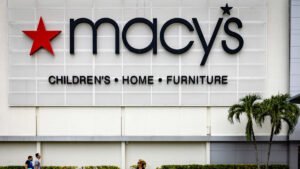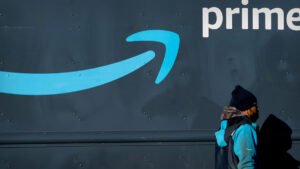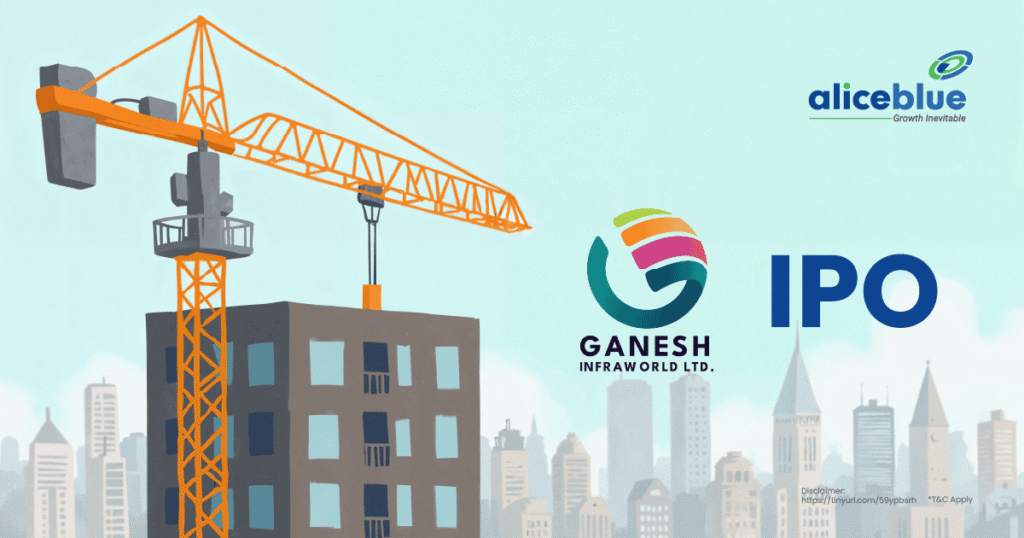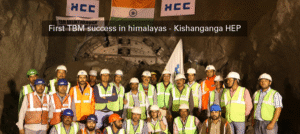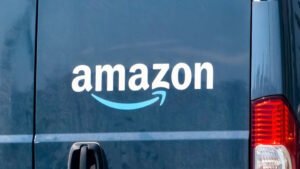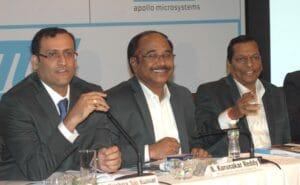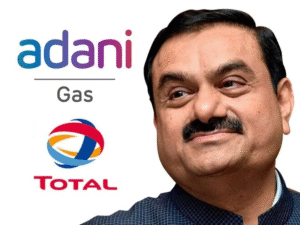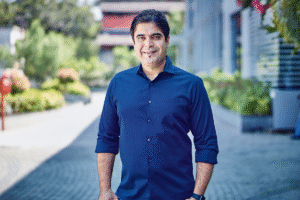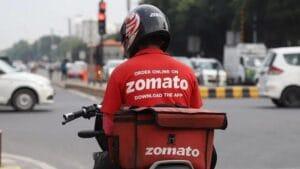1. At a Glance
Ganesh Infraworld is the civil contractor who somehow made IPO investors richerandgot government contracts without the usual CBI headlines (yet). From warehouses in Kolkata to rural water taps in Jaunpur, they’re everywhere, with the speed of a politician changing parties before elections. FY24 saw them leap from ₹51 Cr in sales to ₹584 Cr — a 954% growth that even scammy crypto coins would be jealous of. Now with a ₹1,185 Cr order book and a new Dubai subsidiary, they’re eyeing the Middle East market… or maybe just cheaper iPhones.
2. Introduction
Imagine a contractor that actually finishes projects, keeps repeat clients happy, and still finds time to expand into foreign lands. No, this isn’t a bedtime story — it’s Ganesh Infraworld’s growth chart.
Born in 2017, they’ve built everything from coke oven batteries in Jamshedpur to six-lane highways on NH-2. They juggle three main verticals: Civil & Electrical Infra (warehouses, industrial plants), Road & Rail (including overhead electrification), and Water Projects (a.k.a. Har Ghar Jal photo-ops).
The company operates in 13 states, with West Bengal and Jharkhand paying most of the bills. And because apparently just being a domestic EPC player was too boring, they opened a Dubai subsidiary in 2025 — officially for Middle East expansion, unofficially to make LinkedIn posts sound cooler.
Their IPO in Dec 2024 brought in ₹98.6 Cr, mostly for working capital. Given EPC cash cycles, that’s like giving a trucker money for diesel and hoping they don’t blow it all at a roadside dhaba.
3. Business Model (WTF Do They Even Do?)
Think of Ganesh Infraworld as theZomatoof construction — they don’t produce raw materials; they just assemble the whole meal for you, for a fee.
Revenue streams:
- Civil & Electrical Infra (69% of FY24)– Plants, warehouses, power infra. Basically, the kind of stuff that’s functional, not pretty.
- Road & Rail Infra (23%)– From highways to railway electrification, these projects keep engineers busy and traffic police unemployed.
- Water Infra (7%)– Laying pipes and building treatment plants so rural India doesn’t have to fetch water like it’s still 1950.
Contract Types:
- Unit Price Contracts (52%)– Paid per unit, perfect if the client keeps
- “discovering” more work mid-project.
- Schedule Contracts (48%)– The cost-plus model; also known as “client’s budget + our creative imagination.”
Client Mix:88% repeat business — either they’re really good or clients can’t find anyone else who will work at this speed without choking them in arbitration.
4. Financials Overview
Quarterly Results Table
| Metric | Q1 FY26 (₹ Cr) | Q1 FY25 (₹ Cr) | Q4 FY25 (₹ Cr) | YoY % | QoQ % |
|---|---|---|---|---|---|
| Revenue | 181 | 135 | 159 | 33.5% | 13.8% |
| EBITDA | 20 | 13 | 14 | 53.8% | 42.9% |
| PAT | 14.6 | 10 | 12 | 45.5% | 21.7% |
| EPS (₹) | 3.42 | 2.29 | 2.72 | 49.3% | 25.7% |
Commentary:YoY growth looks like someone poured Red Bull into their balance sheet. QoQ is also up, proving they didn’t just win orders for media headlines — they actually billed for them. OPM held steady at 11%, which in EPC is basically a miracle.
5. Valuation (Fair Value RANGE only)
P/E Method:
- TTM EPS: ₹11.08
- Industry P/E: ~21.3
- FV Range (P/E 20–25): ₹222 – ₹277
EV/EBITDA Method:
- TTM EBITDA: ₹60 Cr
- EV/EBITDA industry range: 15–18
- FV Range: ₹900 Cr – ₹1,080 Cr EV → Per share ₹211 – ₹253
DCF (Highly Simplified):Assume 25% earnings CAGR for 5 years, discount at 12%, terminal growth 4% → ₹230 – ₹280
📌 FV Range:₹220 – ₹280(This FV range is for educational purposes only and is not investment advice.)
6. What’s Cooking – News, Triggers, Drama
- Aug 2025:Bagged ₹342 Cr worth of contracts for school




